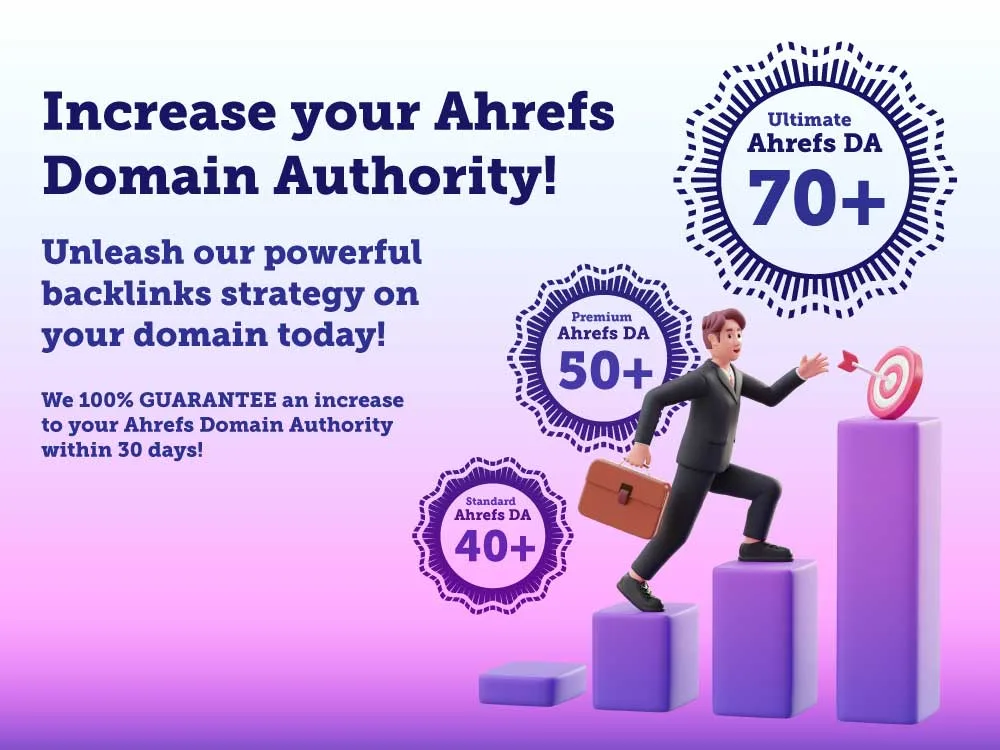Introduction to On-Page SEO Optimization
On-Page SEO Optimization is a fundamental aspect of search engine optimization that focuses on enhancing individual web pages to rank higher and earn more relevant traffic in search engines. It involves optimizing both the content and the HTML source code of a page, unlike off-page SEO which deals with links and other external signals. Understanding and implementing On-Page SEO strategies are crucial for any website aiming to improve its visibility and user experience.
Title Tags and Meta Descriptions
Title tags and meta descriptions play a pivotal role in On-Page SEO Optimization. They are the first interaction users have with your content on the search engine results pages (SERPs).
- Importance: Title tags and meta descriptions inform both users and search engines about the content of your page. An optimized title and description can significantly increase click-through rates.
- Best Practices:
- Title tags should be concise and include the main Keyword.
- Meta descriptions should provide a clear and enticing summary of the page content.
- Examples:
- For a home improvement website, a title tag could be “10 Budget-Friendly Home Improvement Ideas | HomeMagic” and a meta description might be “Discover top budget-friendly home improvement ideas that can transform your space without breaking the bank. Click to get inspired!”
Headings and Content Optimization
Effective use of headings and content optimization is essential for On-Page SEO.
- Role of Headings: Headings (H1, H2, H3) help structure your content, making it easier for readers to navigate and for search engines to understand the hierarchy and relevance of your content.
- Tips for Creating SEO-Friendly Content:
- Use headings to break up text and include relevant Keywords naturally.
- Ensure content is engaging, informative, and addresses the user’s intent.
- Keyword Density and Placement:
- Maintain a natural flow of keywords without overstuffing.
- Place primary keywords in the first 100 words of your content.
For a Home Improvement Website, optimizing on-page elements can significantly impact its visibility. For instance, a blog post titled “How to Maximize Small Kitchen Space” could use H2 tags like “Creative Storage Solutions” and “Space-Saving Furniture Ideas,” incorporating long-tail keywords naturally within the content to attract targeted traffic. This strategic approach not only enhances the user experience but also improves the site’s search engine rankings.
Advanced On-Page SEO Techniques and FAQ
After establishing the basics of title tags, meta descriptions, and content optimization, advancing your On-Page SEO strategy involves focusing on elements that further enhance your site’s usability and search engine visibility.
Image Optimization and Alt Text
Images enrich content but can also impact page load times and accessibility. Optimizing images is crucial for maintaining site performance and enhancing SEO.
- Importance of Optimizing Images: Reduces page load times and improves user experience, which are ranking factors for search engines.
- How to Use Alt Text for Images:
- Alt text should describe the image’s content and context, helping search engines understand and rank your page content better.
- Include Keywords naturally in alt text to improve relevance.
- Compressing Images: Use tools like TinyPNG or Photoshop for image compression without losing quality, speeding up page load times.
URL Structure and Internal Linking
An SEO-friendly URL structure and effective internal linking are key for On-Page SEO.
- SEO-Friendly URL Structures:
- URLs should be simple, readable, and include Keywords when possible.
- Use hyphens to separate words in URLs.
- Significance of Internal Linking and Anchor Text:
- Internal links help distribute page authority and ranking power throughout your site.
- Use descriptive anchor text that gives an indication of the linked page’s content.
Mobile Optimization and Page Speed
With mobile-first indexing, ensuring your site is optimized for mobile devices and loads quickly is more important than ever.
- Mobile-First Indexing: Google predominantly uses the mobile version of the content for indexing and ranking.
- Tools and Techniques for Improving Page Speed:
- Use Google’s PageSpeed Insights to identify areas for improvement.
- Implement techniques like minifying CSS, JavaScript, and HTML.
FAQ Section
Addressing common queries can help clarify On-Page SEO Optimization further.
- How does on-page SEO differ from off-page SEO?
- On-Page SEO involves optimizations made directly on a website to improve its ranking, while off-page SEO involves external factors like backlinks.
- Can on-page SEO improve my site’s ranking on its own?
- Yes, effective on-page SEO can significantly improve a site’s visibility and ranking, but it’s most effective when combined with off-page SEO strategies.
- How often should I review my website’s on-page SEO strategy?
- Regularly reviewing and updating your on-page SEO strategy is crucial, especially after major updates to search engine algorithms or changes in user behavior.
- What are some common mistakes in on-page SEO?
- Common mistakes include neglecting mobile optimization, using duplicate content, overusing keywords, and neglecting meta tags and alt attributes.
Implementing advanced On-Page SEO techniques and regularly addressing common questions can significantly enhance your website’s search engine ranking and user experience.

